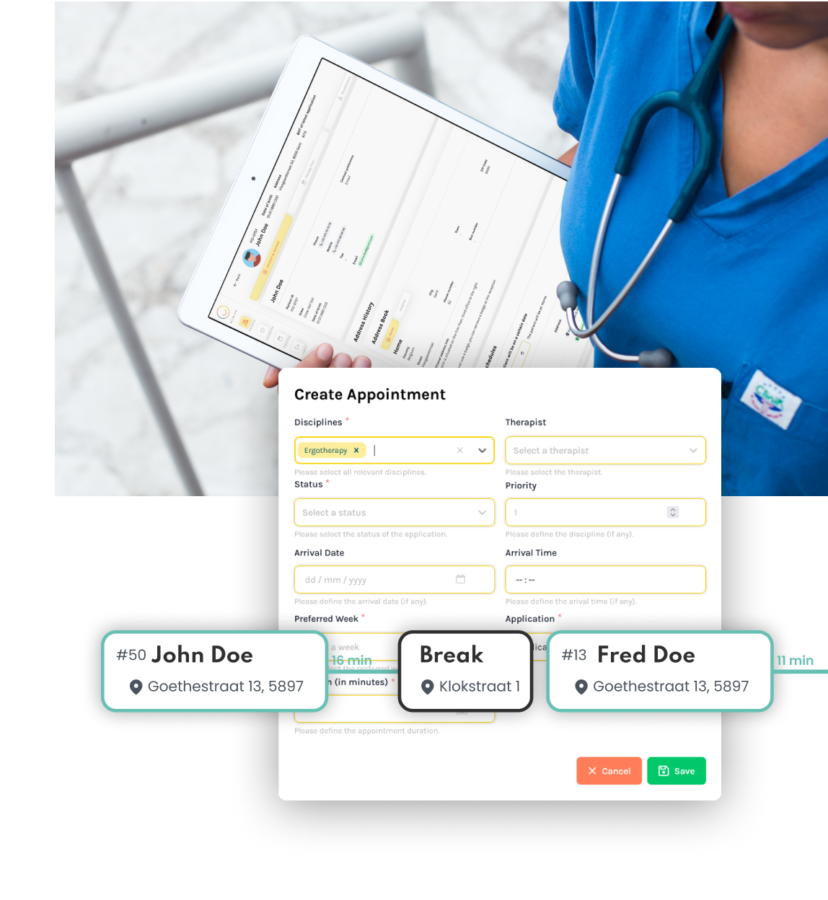Step 1. Business mapping
Analyse the current state of your company. Make an overview of all current internal processes, their deliverables and stakeholders. Focus mainly on processes that are closely related to your service provision. This analysis gives you a clear view of the current situation within your company.
Step 2. Pain points & quick wins
Based on the overview of your current situation, you can now start pointing out where things are going wrong. Where are we losing time? Which communication channels are showing failures? What about your price/cost ratio? Is your reporting and data processing right? Do all my services or products match our mission and vision?
Summarise all your pain points and identify quick wins. Often you can achieve quick results by making small adjustments. For example, think of consulting an IT specialist who can help you connect certain systems or sharpen your offer to shift your focus more to quality and service. You can implement these adjustments in the short term without having a major impact on your employees or your internal processes.
Step 3. Identify opportunities and plan
Of course, you can't tackle all your pain points all at once. That's why it's important to identify your feasible opportunities, map out costs and impacts, and plan your optimisations/adjustments.
Sustainable growth means implementing new processes thoughtfully and involving all stakeholders in your transformation. Spread your wins over the short, medium and long term and ensure a realistic plan that keeps your company healthy at all times.








